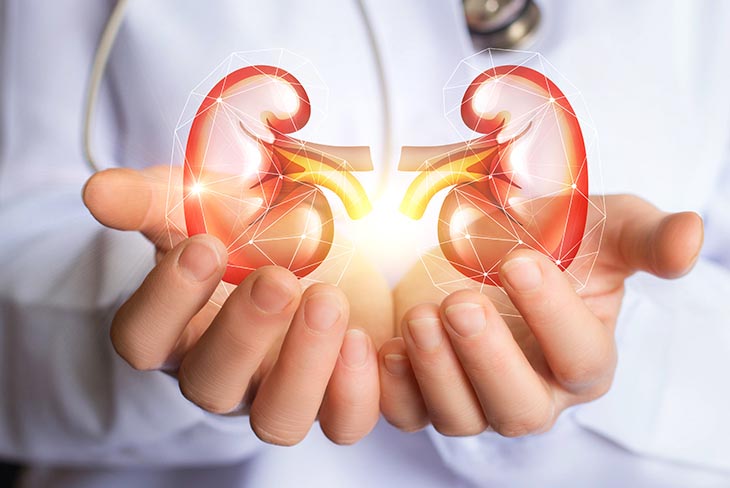AstraZeneca’s Forxiga (dapagliflozin) has been recommended for approval in the European Union (EU) for the treatment of chronic kidney disease (CKD) in adults with and without type-2 diabetes (T2D).
The Committee for Medicinal Products for Human Use (CHMP) of the European Medicines Agency based its positive opinion on results from the DAPA-CKD Phase III trial that showed Forxiga, on top of standard-of-care treatment with an angiotensin-converting enzyme inhibitor or an angiotensin receptor blocker, reduced the risk of the composite of worsening of renal function, end-stage kidney disease (ESKD) and cardiovascular (CV) or renal death, compared to placebo.
Forxiga also significantly reduced the risk of death from any cause, compared to placebo. In the trial, the safety and tolerability of Forxiga were consistent with the well-established safety profile of the medicine.
CKD is a serious, progressive condition defined by decreased kidney function and is often associated with an increased risk of heart disease or stroke.1-3 It affects approximately 47 million people in the EU and nearly 840 million people worldwide.3,4 However, diagnosis rates remain low and up to 90% of patients are unaware they have the disease.5
Mene Pangalos, Executive Vice President, BioPharmaceuticals R&D, said: “The unprecedented results of the DAPA-CKD Phase III trial show that Forxiga can significantly slow the decline of kidney function and reduce the risk of death for patients with chronic kidney disease. This positive CHMP opinion underscores Forxiga’s potential to transform the future care of chronic kidney disease and brings us one step closer to providing a much-needed new treatment option to millions of patients in the EU.”
Forxiga (known as Farxiga in the US) was recently approved in the US for the treatment of CKD in adults with and without T2D and, in addition to the EU, is currently under review in Japan and other countries around the world. Forxiga is also indicated as an adjunct to diet and exercise to improve glycaemic control in adults with T2D and for the treatment of symptomatic chronic heart failure (HF) with reduced ejection fraction (HFrEF) in adults with and without T2D.

 If approved, Forxiga has the potential to change the treatment paradigm for millions of people in the EU suffering from chronic kidney disease
If approved, Forxiga has the potential to change the treatment paradigm for millions of people in the EU suffering from chronic kidney disease









.jpeg)




.jpeg)

.jpg)













